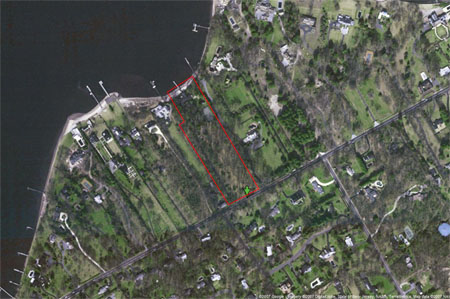The buyer agreed to pay $890,000 for a Wyckoff town house.
But the appraiser said the property was worth only $840,000. Spooked by the lower valuation, the buyer cut her offer to $825,000, and the deal fell apart.
“She was terrified of overpaying,” said the buyer’s real estate agent, Rita Lutzer of Re/Max Legend in Mahwah. The buyer, who asked that her name be kept private, said, “I was not willing to go above the appraised value. Absolutely not.”
This is just one of a number of recent North Jersey property deals affected by low appraisals. Realtors, lenders and appraisers say that in a volatile market, it’s not always easy to tell what a house is worth.
“We’re in uncertain times,” said appraiser James Minaya of Montvale.
The complex dynamic between appraisals and the slower housing market is playing out in a number of ways:
Houses sold under duress and for below-market prices — for example, by homeowners struggling to make the mortgage payments — are starting to pull down values of similar houses nearby, because appraisers base their estimates on recent neighborhood sales.
Anxious sellers are lowering their prices, even after the contract is signed, when appraisals come up short of the price the buyer agreed to pay.
Lenders are now asking appraisers to consider sales of comparable properties only within the past three months, rather than six months, because the market is changing so rapidly.
A slower market means that appraisers have fewer recent sales to compare.
“Lenders are scrutinizing the appraisals to a much greater extent than they had in the past,” said Marc Schwartz, a partner in Globe Mortgage America in Englewood.
Lenders require appraisals to make sure they don’t risk writing a loan for more than a property is worth, since in mortgages, the house is the collateral. Typically, the lender agrees to lend 80 percent of either the sale price or the appraised value, whichever is lower, Schwartz said.
“The days of liberal lending are over,” Schwartz said. “It’s very conservative lending, and the appraisal is one component.”
…
But what, exactly, is a house worth? You could find a North Jersey house that sold for $200,000 in the 1990s and is now on the market for $400,000. What’s the real value?
Real estate professionals like to say that a property is worth whatever a buyer is willing to pay and a seller is willing to take. But in some recent cases, appraisers are rejecting that number.
Daphne Sidiropoulos of Platinum Coast Appraisals in Upper Saddle River, for example, recently valued a Fort Lee town house for $38,000 less than its sale price of $600,000. She based her valuation on three recent sales of similar town houses in the same complex.
“All the sales I found were under the purchase price,” said Sidiropoulos, stressing that this was a rare occurrence, and that almost all appraisals support the sale price.
Randy Douglass of ERA Douglass in Montvale recently had a deal where the buyer and seller signed a contract at $692,500. But the appraiser valued the property at $685,000. The seller reluctantly cut the price.
It’s not easy for homeowners to hear that their house is worth less than they thought. Bonnie Nach of Sullivan Appraisal Services in Oakland says a homeowner recently screamed at her after she valued his town house at $450,000 — based on recent sales in his complex — rather than the $500,000 he thought it was worth.
“They think they’re living in 2005, when you could sell your house for whatever you wanted,” Nach said. “And everybody thinks they have the nicest house on the block — everybody.”

